You open your kitchen cabinet expecting to grab a handful of cereal for breakfast, but instead you’re greeted by tiny moths fluttering around your face. Welcome to the unsettling reality of pantry pest invasions – a phenomenon that turns your food sanctuary into a battlefield between you and some remarkably persistent tiny invaders. These uninvited guests don’t just appear out of nowhere; they orchestrate sophisticated operations that would make military strategists jealous, infiltrating your most secure food storage areas through methods that seem almost supernatural.
The Hidden World of Food-Dwelling Insects
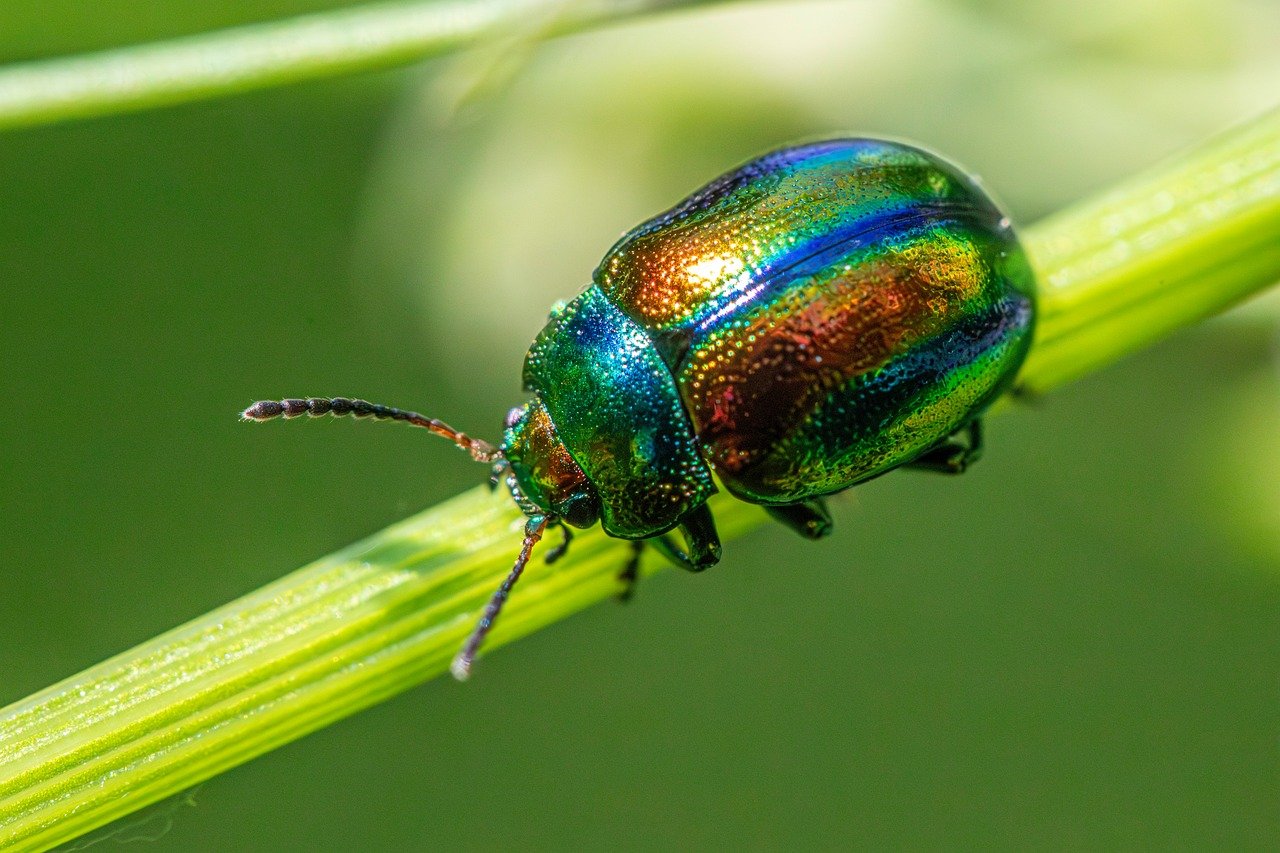
Pantry pests represent a diverse army of insects that have evolved specifically to exploit human food storage systems. Unlike their outdoor cousins who feast on wild plants and organic matter, these specialized creatures have adapted to thrive in the controlled environments of our homes. They’ve essentially become our uninvited roommates, developing life cycles that perfectly sync with our food storage habits.
The most common culprits include Indian meal moths, flour beetles, grain weevils, and drugstore beetles. Each species brings its own unique set of skills to the invasion, from the moth’s ability to squeeze through impossibly small gaps to the weevil’s talent for boring microscopic holes in grain kernels. These insects have been perfecting their craft for thousands of years, evolving alongside human civilization as we transitioned from hunter-gatherers to food hoarders.
The Great Grain Weevil: Nature’s Tiny Drill Sergeant
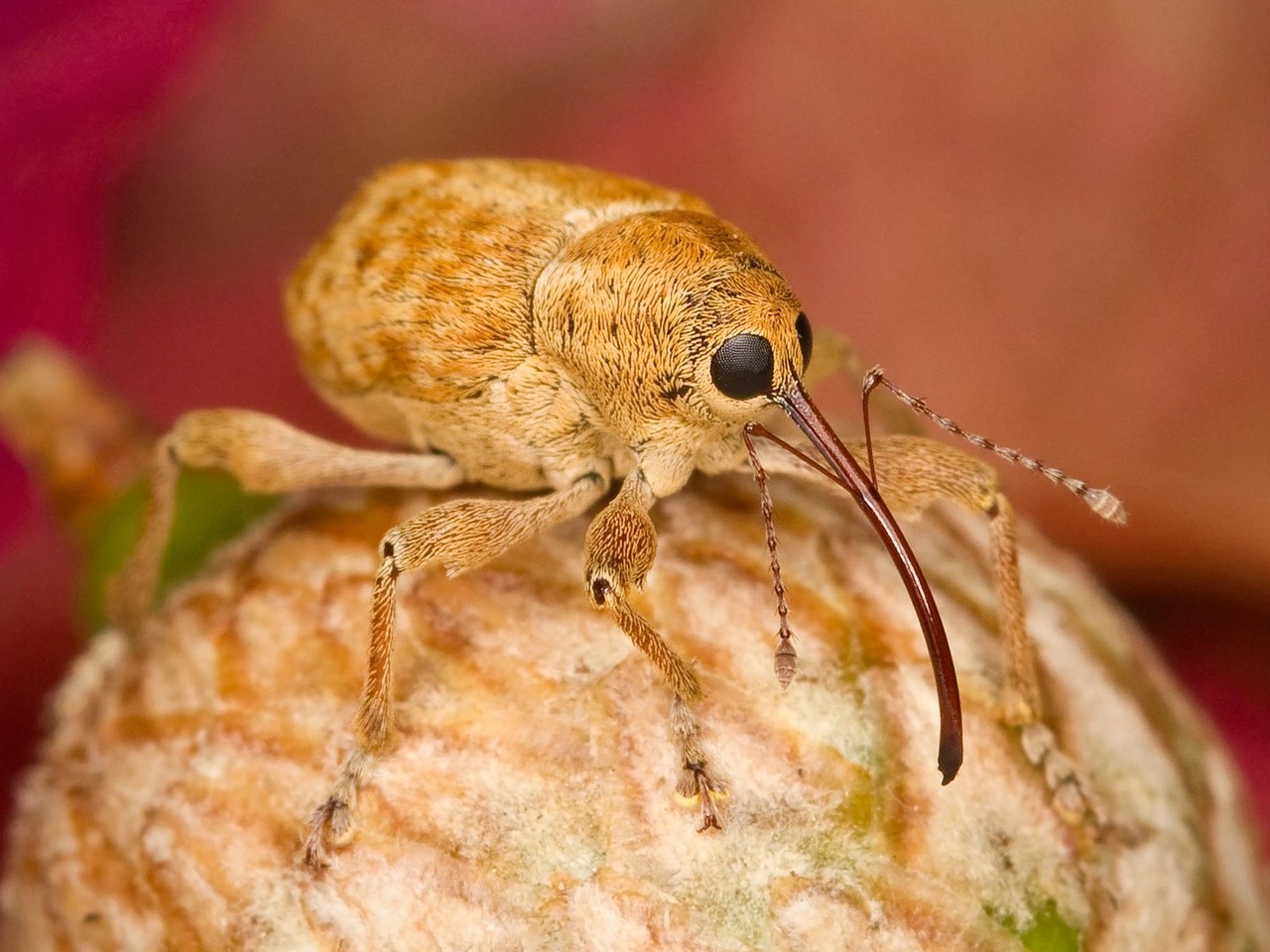
Rice weevils and granary weevils are perhaps the most industrious of all pantry pests, equipped with elongated snouts that function like precision drilling equipment. Female weevils use these biological tools to bore perfect holes into individual grains of rice, wheat, or corn, depositing a single egg inside each kernel. The larva develops entirely within the grain, consuming it from the inside out while remaining completely hidden from view.
This stealth approach means you might be unknowingly storing hundreds of weevil nurseries in your pantry. The adult weevils emerge weeks later, leaving behind hollow grain shells and ready to repeat the cycle. Their ability to infest food at the source – often in warehouses or during transport – means they can arrive in your home already established and ready to multiply.
Indian Meal Moths: The Acrobats of Food Contamination
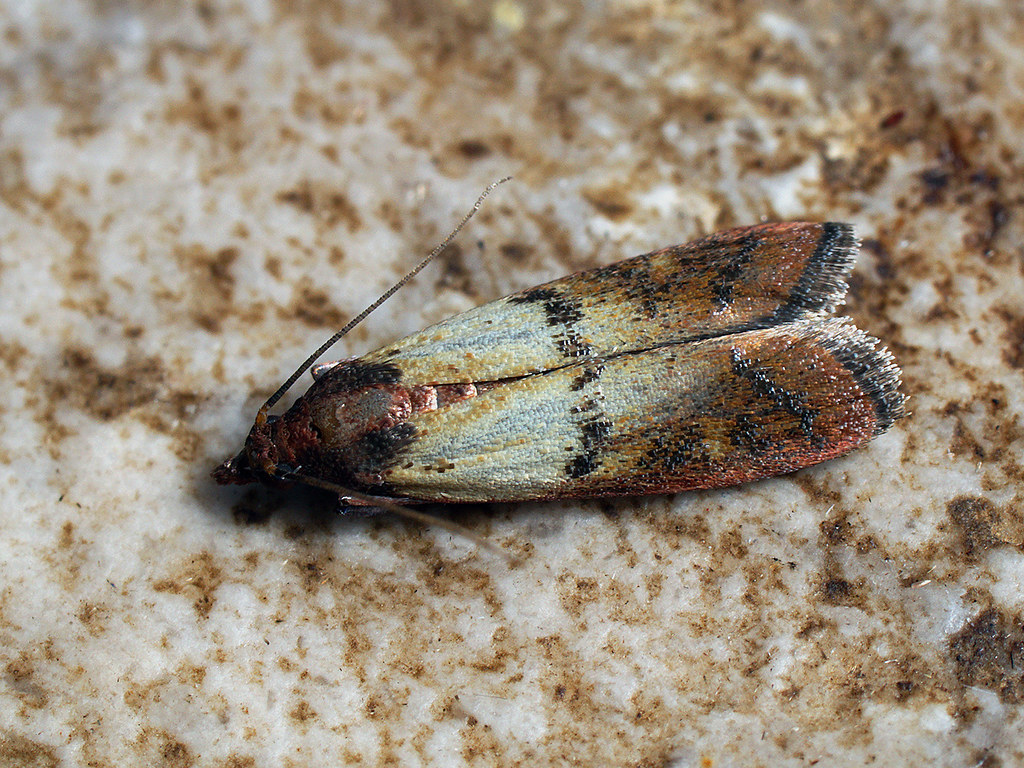
Indian meal moths deserve recognition as the Houdini of pantry pests, capable of infiltrating seemingly impenetrable food containers with remarkable ingenuity. These small, brownish moths can squeeze through gaps smaller than a credit card’s thickness, and their larvae can chew through plastic bags, cardboard boxes, and even thin plastic containers. The moths got their name from their preference for cornmeal, which was once called “Indian meal” in North America.
The larvae stage is where the real damage occurs, as these tiny caterpillars leave behind webbing and frass (insect excrement) that renders entire food supplies inedible. A single female moth can lay up to 400 eggs, typically choosing the most nutritious foods in your pantry like nuts, dried fruits, and pet food. The larvae create silk threads as they move, which often forms the first visible sign of infestation – those mysterious webby strands in your cereal boxes.
Flour Beetles: The Persistent Reproducers
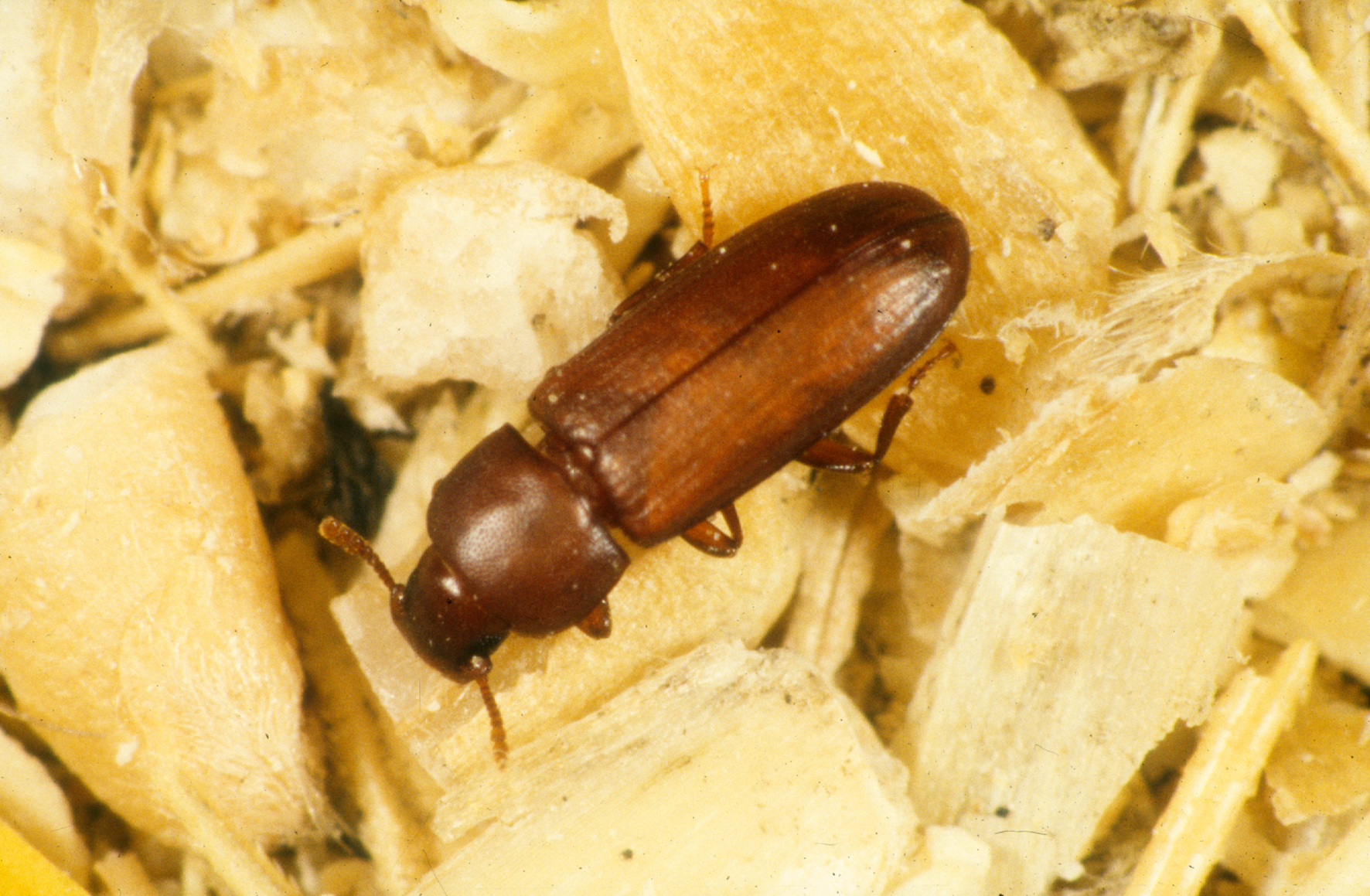
Red flour beetles and confused flour beetles represent the marathon runners of the pantry pest world, with life cycles that can continue year-round in heated homes. These reddish-brown insects are remarkably small, measuring only about 1/8 inch long, but their reproductive capacity is staggering. A single female can produce over 1,000 offspring in her lifetime, with new generations emerging every 6-8 weeks under optimal conditions.
Unlike weevils that target whole grains, flour beetles prefer processed products like flour, cereal, crackers, and spices. They’re particularly fond of foods with high fat content, which explains why they often appear in opened packages of pancake mix or cake flour. These beetles can survive in surprisingly low moisture conditions, making them perfectly adapted to the dry environment of most pantries.
The Infiltration Routes: How Bugs Enter Your Food Supply
The journey of pantry pests into your home begins long before they reach your kitchen shelves. Most infestations originate in grain storage facilities, processing plants, or retail stores where conditions are ideal for insect reproduction. Eggs and larvae can survive the manufacturing process, remaining dormant until they reach the warm, stable environment of your pantry.
Transportation and storage create additional opportunities for contamination. Grocery stores with poor inventory rotation, damaged packaging, or inadequate pest control can serve as distribution centers for these unwanted hitchhikers. Even the most careful shoppers can unknowingly bring home infested products, especially bulk items or products stored in permeable packaging.
Once inside your home, these insects demonstrate remarkable mobility and detection abilities. They can sense food sources from surprising distances using specialized chemical receptors, and many species can fly or crawl considerable distances to locate new food sources. This explains why an infestation in one area of your pantry can quickly spread to adjacent shelves and cabinets.
The Science Behind Insect Food Detection
Pantry pests possess sophisticated sensory equipment that would make any food critic envious. Their antennae contain thousands of chemoreceptors capable of detecting specific food compounds at incredibly low concentrations. These insects can distinguish between different types of grains, identify the ripeness of dried fruits, and even detect the fat content in processed foods.
Moths, in particular, use pheromone communication to coordinate their activities and locate mates. The males can detect female pheromones from distances of over 100 feet, while females release different chemical signals to mark suitable egg-laying sites. This sophisticated communication network helps explain why pantry pest populations can explode so rapidly once they establish a foothold in your food storage areas.
Environmental Factors That Fuel Infestations
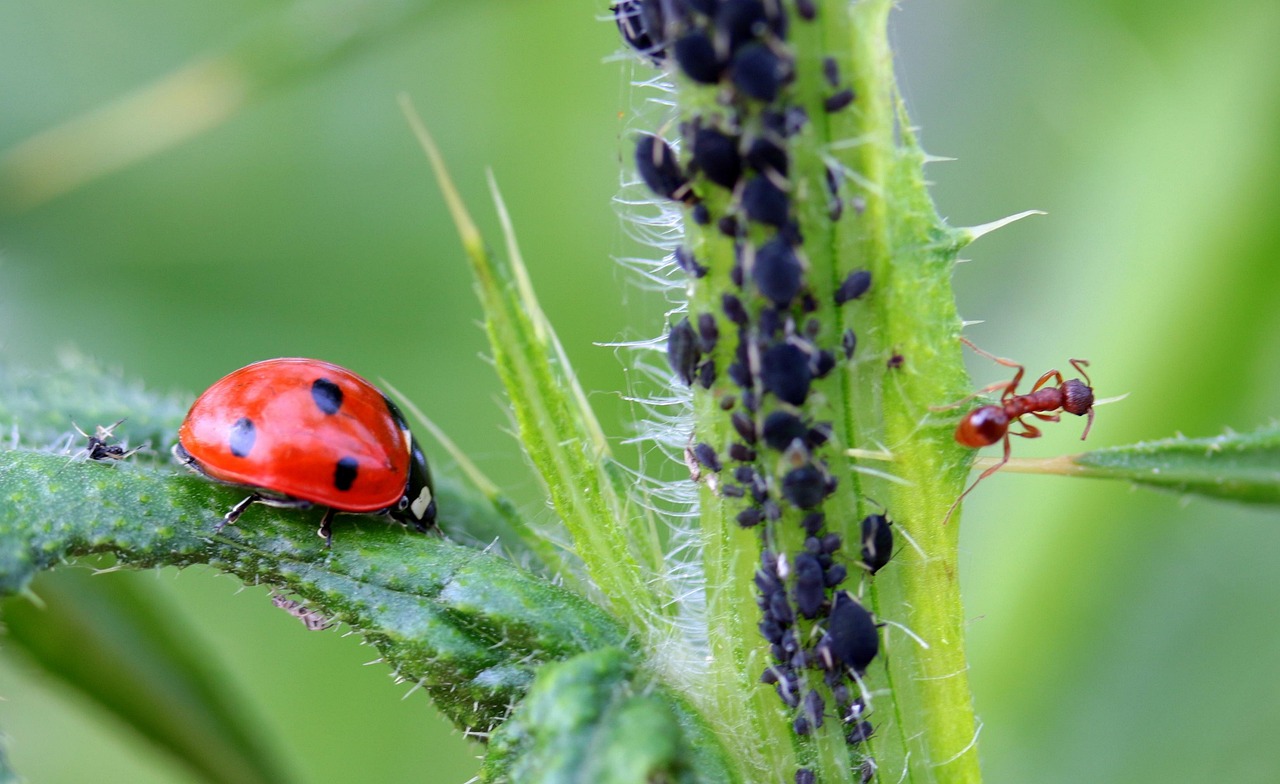
Temperature and humidity play crucial roles in pantry pest reproduction and survival. Most species thrive in temperatures between 70-85°F, which coincidentally matches the typical temperature range of most homes. Higher temperatures accelerate their life cycles, meaning summer months often see the most dramatic population increases.
Humidity levels above 60% create ideal conditions for many pantry pests, as it prevents desiccation and supports egg development. This explains why infestations often worsen during humid summer months or in homes with poor ventilation. Conversely, extremely dry conditions can slow reproduction but won’t eliminate established populations, as many species have adapted to survive in low-moisture environments.
Light exposure also influences behavior patterns, with many pantry pests preferring dark, undisturbed areas for reproduction. This tendency explains why infestations often go unnoticed until populations reach significant levels – the insects are literally living in the shadows of your food storage areas.
The Hidden Damage: Beyond Visual Contamination

The impact of pantry pest infestations extends far beyond the obvious visual contamination of finding bugs in your food. These insects introduce bacteria, fungi, and other microorganisms that can cause food spoilage and potential health risks. Their feeding activities create entry points for secondary infections, while their waste products can trigger allergic reactions in sensitive individuals.
Insect fragments and larvae can become deeply embedded in food products, making complete removal impossible even with careful sorting. The silk webbing produced by moth larvae can bind food particles together, creating environments where harmful bacteria can flourish. Additionally, the oils and secretions from these insects can alter the taste and nutritional value of contaminated foods.
Seasonal Patterns and Population Dynamics
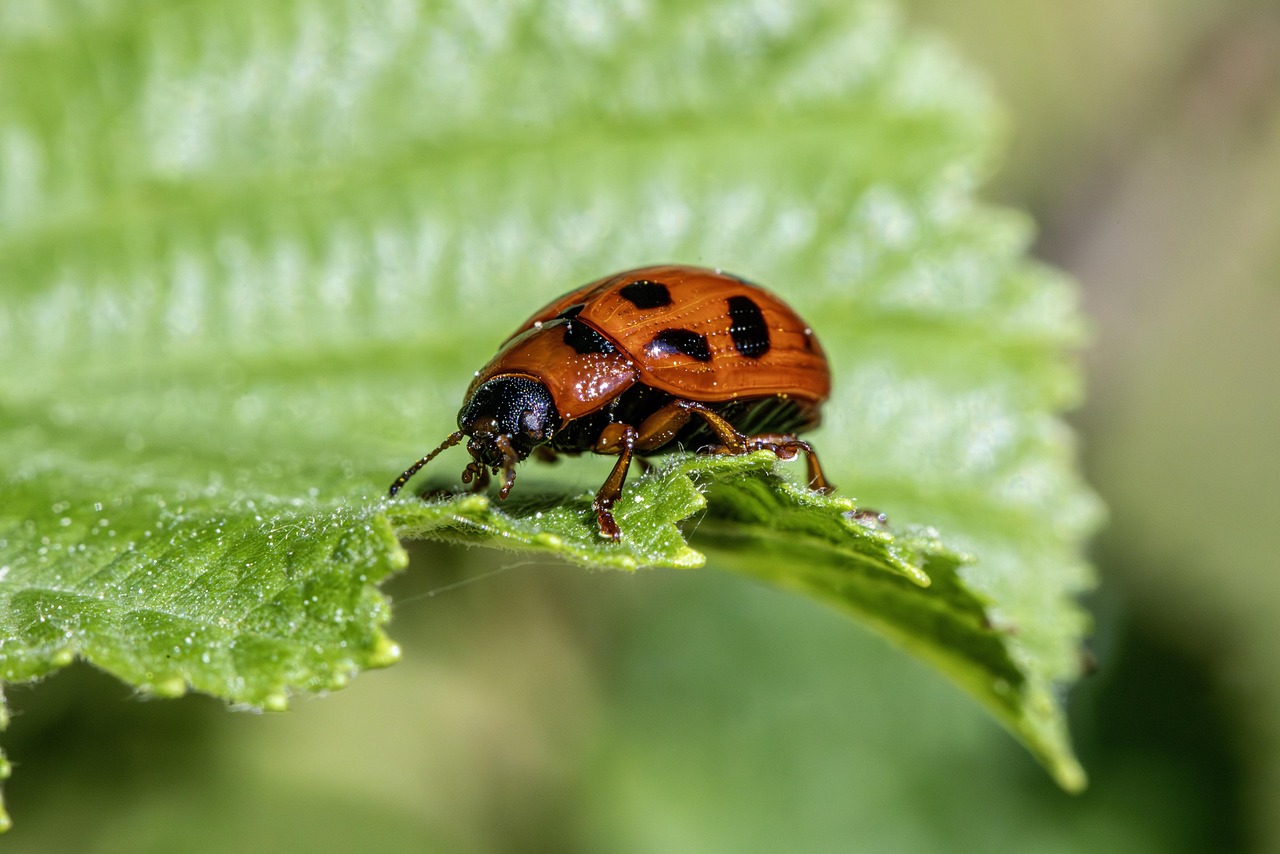
Pantry pest activity follows predictable seasonal patterns that reflect both their biological needs and our food storage behaviors. Spring and summer months typically see the highest activity levels, as warmer temperatures accelerate reproduction and many species become more active. This timing often coincides with increased food storage as people prepare for summer entertaining or back-to-school shopping.
Fall infestations often result from the harvest season, when newly processed grains and nuts enter the supply chain potentially carrying pest populations. Winter months may see reduced activity, but heated homes provide stable conditions that allow many species to remain active year-round. Understanding these patterns helps explain why some people experience recurring seasonal infestations despite their best prevention efforts.
The Psychology of Pest Attraction: Why Certain Foods Are Targeted
Different pantry pests show distinct preferences for specific food types, and these preferences are rooted in evolutionary adaptations and nutritional requirements. Protein-rich foods like nuts, pet food, and legumes often attract multiple species because they provide essential amino acids needed for insect development. Carbohydrate-rich foods like cereals and grains appeal to species that need quick energy sources for reproduction.
Fat content plays a crucial role in food selection, with many pantry pests showing strong preferences for high-fat foods like chocolate, nuts, and processed snacks. These foods provide concentrated energy sources that support rapid growth and reproduction. Surprisingly, many pantry pests also target spices and herbs, which contain essential oils and compounds that may serve as natural attractants or provide nutritional benefits.
The Role of Packaging in Pest Prevention and Penetration
Food packaging serves as the first line of defense against pantry pest invasions, but many common packaging materials offer surprisingly little protection. Paper and cardboard provide minimal barriers, while many plastic bags and containers have microscopic perforations that allow insect entry. Even sealed packaging can be compromised by manufacturing defects or damage during transportation and handling.
Different insect species have evolved specific strategies for overcoming packaging barriers. Moth larvae can chew through thin plastic films, while beetles can exploit the smallest gaps in container seals. Some species can even survive in vacuum-sealed packages if small amounts of air remain trapped within the packaging. This explains why even carefully sealed foods can become infested if insects are already present when packaging occurs.
Chemical Ecology: The Invisible Attractants
The chemical ecology of pantry pests reveals a complex world of invisible attractants and repellents that influence their behavior. Many processed foods contain chemical compounds that inadvertently attract insects, while others naturally repel them. Understanding these chemical relationships helps explain why certain products become infested while others remain untouched.
Fermentation processes in foods can produce compounds that serve as powerful attractants for specific insect species. This explains why items like vinegar, wine, and fermented sauces sometimes attract pantry pests despite being liquid products. Similarly, the aging process in cheeses and cured meats can create chemical signatures that draw insects from considerable distances.
The Economic Impact of Pantry Pest Infestations
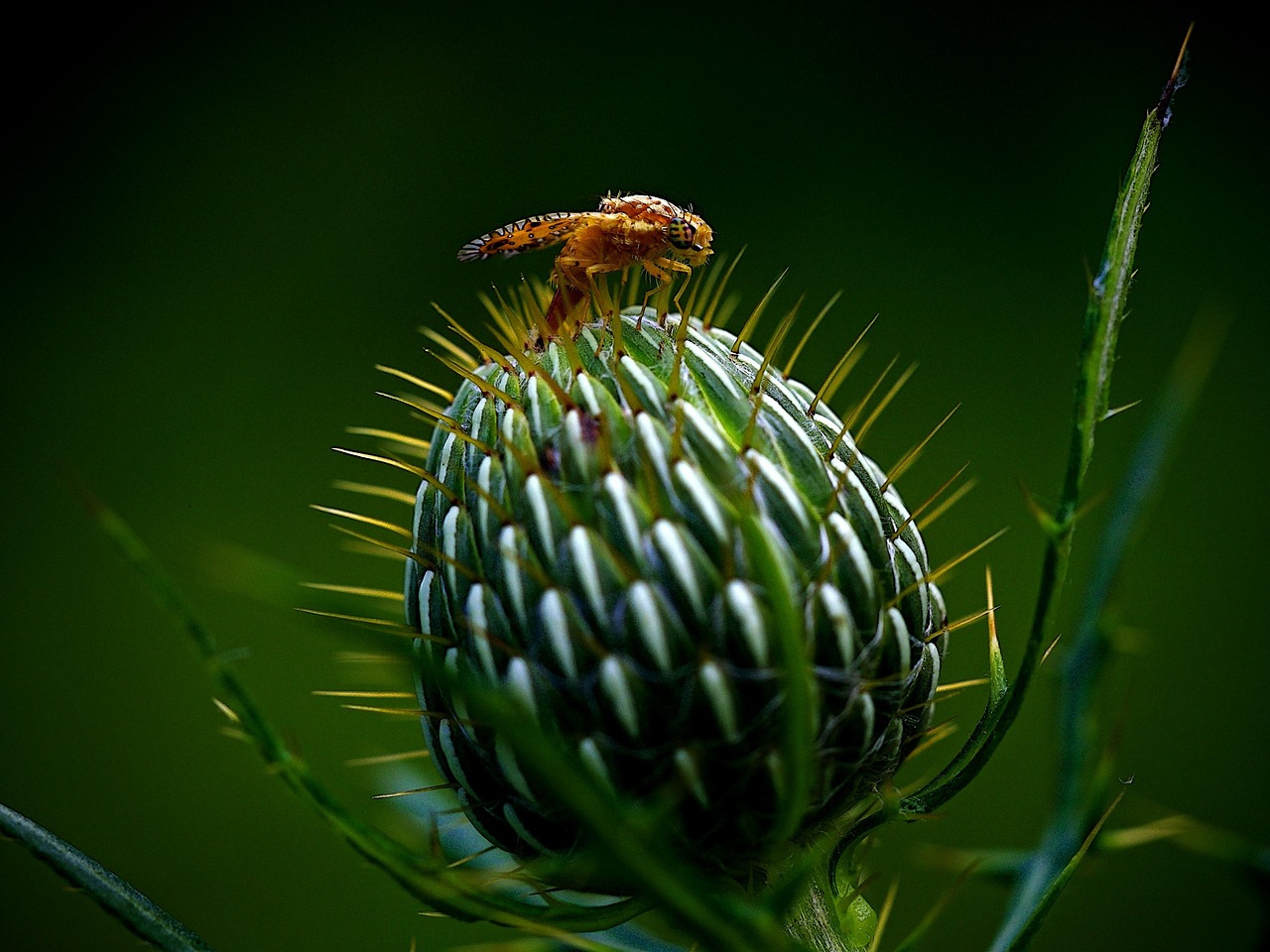
The economic cost of pantry pest infestations extends far beyond the immediate loss of contaminated food. Homeowners typically must discard all potentially affected products, clean and sanitize storage areas, and invest in new storage solutions. The average household infestation can result in food losses worth hundreds of dollars, not including the time and effort required for cleanup and prevention.
On a larger scale, the food industry spends billions annually on pest control measures, specialized packaging, and product recalls related to insect contamination. These costs ultimately get passed on to consumers through higher food prices. The psychological impact of discovering insects in food can also lead to long-term changes in shopping and eating behaviors, affecting both individual households and market demands.
Modern Detection and Monitoring Techniques
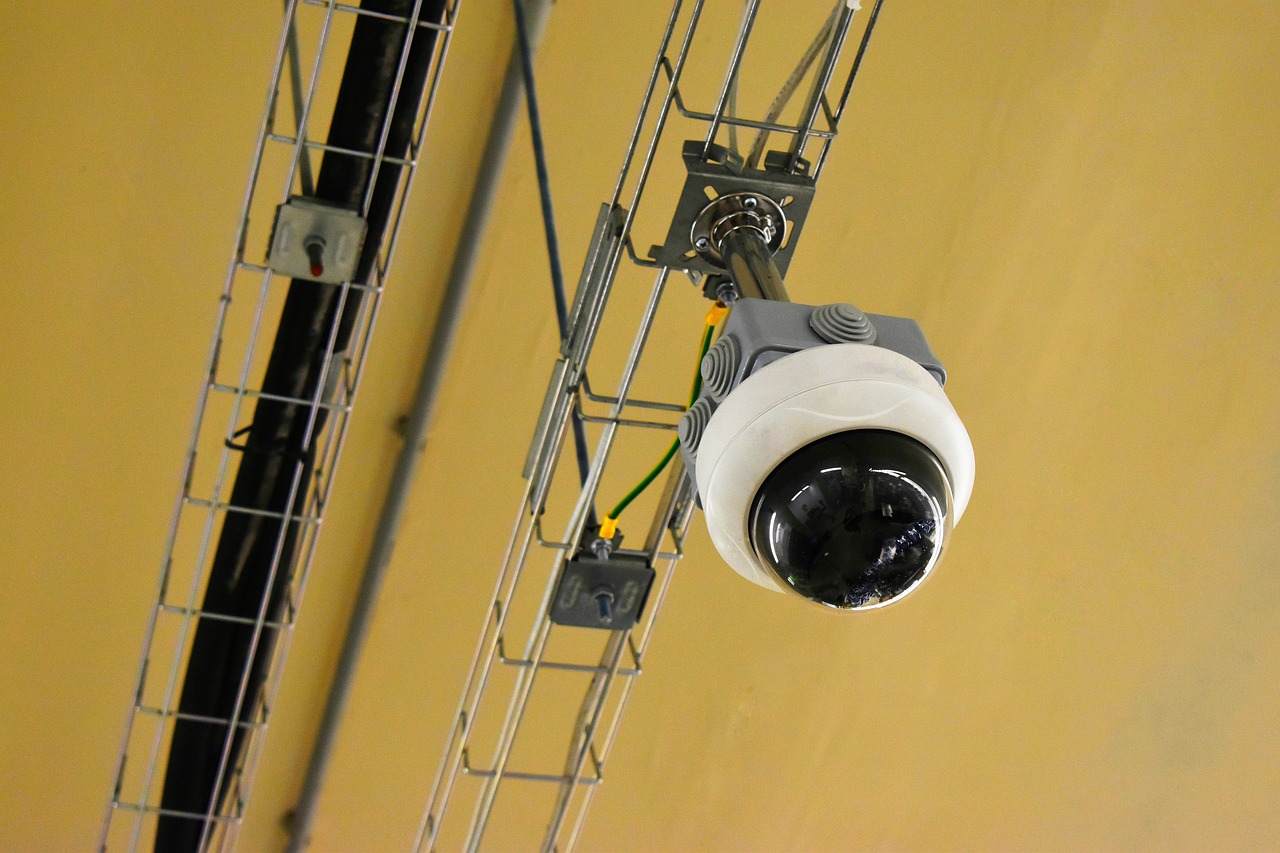
Advances in pest detection technology have revolutionized how we identify and monitor pantry pest infestations. Pheromone traps now allow for early detection of specific species before populations reach visible levels. These traps use synthetic versions of natural insect pheromones to attract and capture pests, providing valuable information about population levels and species identification.
Digital monitoring systems can track temperature, humidity, and insect activity in real-time, allowing for immediate response to changing conditions. Some advanced systems even use artificial intelligence to analyze patterns and predict potential infestation risks. These technologies, once limited to commercial food facilities, are becoming increasingly available for residential use.
The Future of Pantry Pest Management
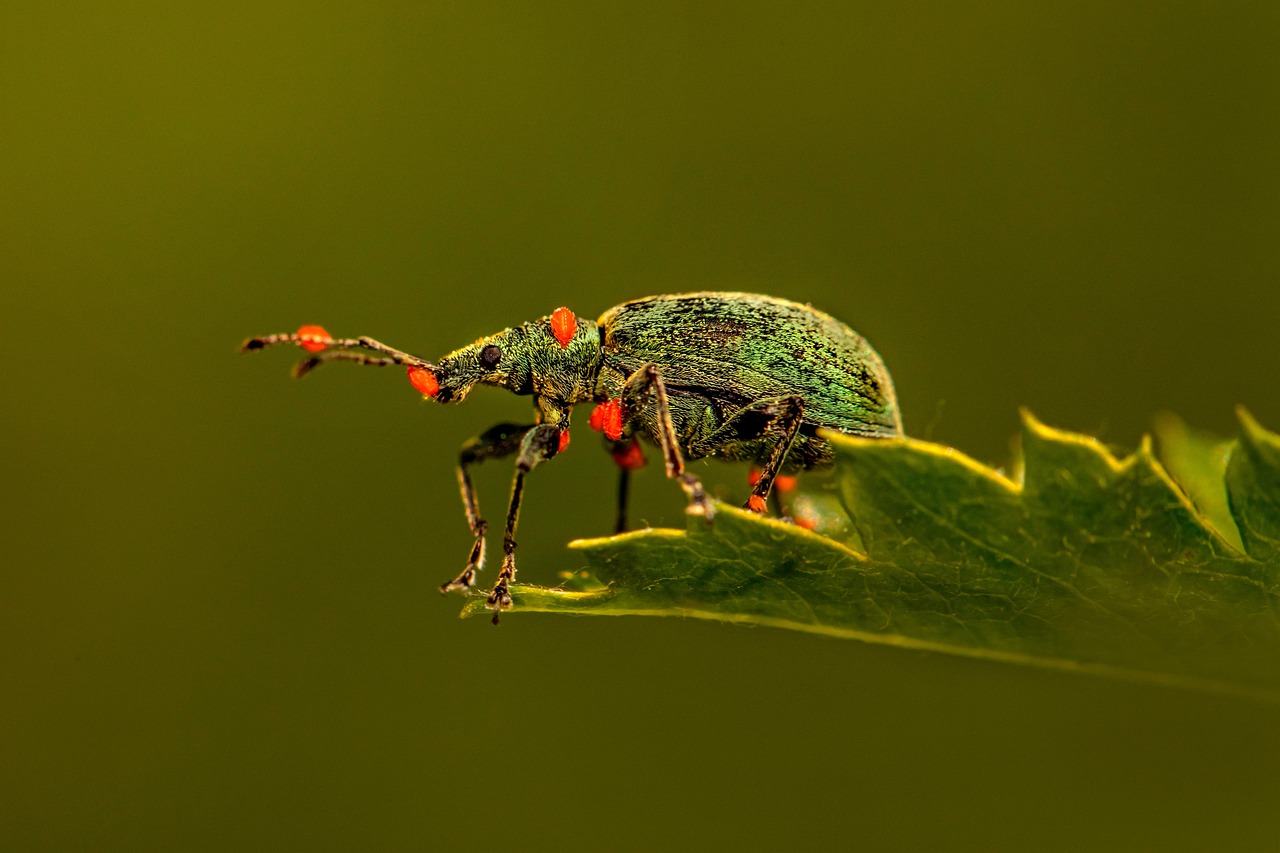
The future of pantry pest management lies in integrated approaches that combine traditional methods with cutting-edge technology. Biological control agents, such as parasitic wasps that target specific pest species, offer environmentally friendly alternatives to chemical treatments. These natural enemies can provide long-term control without the risks associated with pesticide use in food storage areas.
Smart packaging technologies are being developed that can actively repel insects or indicate when contamination occurs. These innovations include packaging materials embedded with natural repellents, time-temperature indicators that reveal storage condition problems, and even packaging that changes color when insects are present. As our understanding of insect behavior and food chemistry continues to advance, new solutions will emerge that make pantry pest infestations increasingly preventable.
The battle against pantry pests represents one of humanity’s oldest ongoing struggles, dating back to the very beginnings of food storage and agriculture. These tiny invaders have evolved alongside us, developing increasingly sophisticated methods to exploit our food systems while we’ve developed better ways to defend against them. Understanding their biology, behavior, and infiltration methods provides the foundation for effective prevention and control strategies. The key lies not in achieving perfect elimination – which is virtually impossible – but in creating conditions that make our homes less attractive to these persistent colonizers. As technology advances and our knowledge deepens, we continue to gain ground in this microscopic war, but the insects’ remarkable adaptability ensures that vigilance and innovation will always be necessary. What strategies will you implement to defend your pantry against these tiny but formidable opponents?

